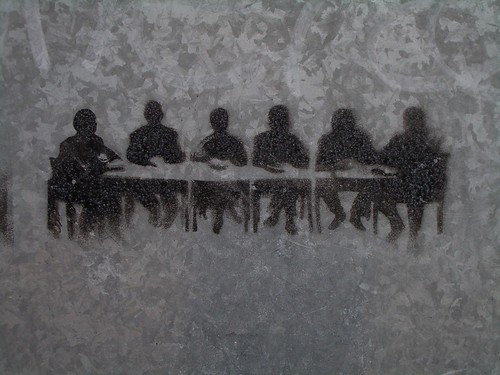
Genchi Genbutsu on TV
Many years ago there was a very interesting and infuriating series on BBC tv called “Back to the Floor“. The premise was simple: let a company director work different jobs “on the floor”, follow them with a TV camera and see what they’ve learnt. I didn’t know the term “Genchi Genbutsu” yet, but I thought it was an excellent idea.
And it made for interesting television:
- most executives weren’t very adept at performing tasks, to the amusement of their employees who had to teach them
- the executives received a veritable barrage of problems that people experienced on the floor. The executives were invariably suprised, these problems never reached the boardroom. They had no idea.
- the executives returned humbled to their boardrooms to tell their fellow executives of their adventures and all the obstacles they had to overcome just to get some work done
Each episode always ended with the executive ordering that actions be taken to solve the problems they had encountered. And so, Betsy and her team finally got someplace to brew a cup of tea. And everybody was happy.
And what have we learned today?
Infuriatingly, almost all of the executives only experienced “Single loop learning“: they had seen some problems and taken action to solve those problems. And then they went back to the order of the day. Nothing had really changed, except for Betsy.
Very few executives asked the uncomfortable questions: “why is it that we never hear of those problems?“, “why is it that these problems don’t get solved?“, “why do people have to overcome so many obstacles to get their work done?“. When one executive asked questions like this, you could see the other managers squirm and try to avoid being blamed. Only a handful of them took action so that the whole management team went back to the floor regularly.
No manager that I can remember went so far as to look for systemic causes of the problems. That’s probably a bit too much to ask in only a week, and a week that’s full of “real work”. There’s no time to think, we have to overcome all those obstacles!
Do you go back to the floor? What do you see? What do you do about what you see? And what do you do about the causes of what you see?
What have you learned today?
Meeting room stencil graffiti by Richard Rutter